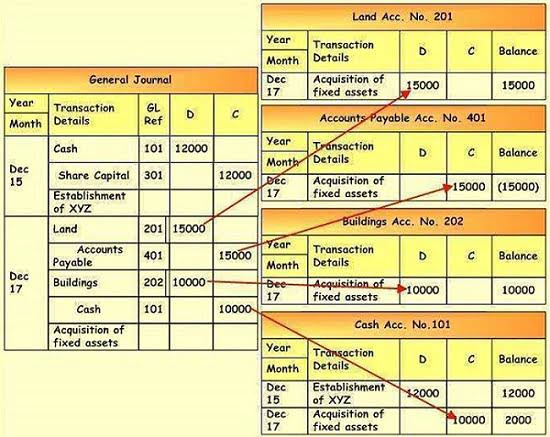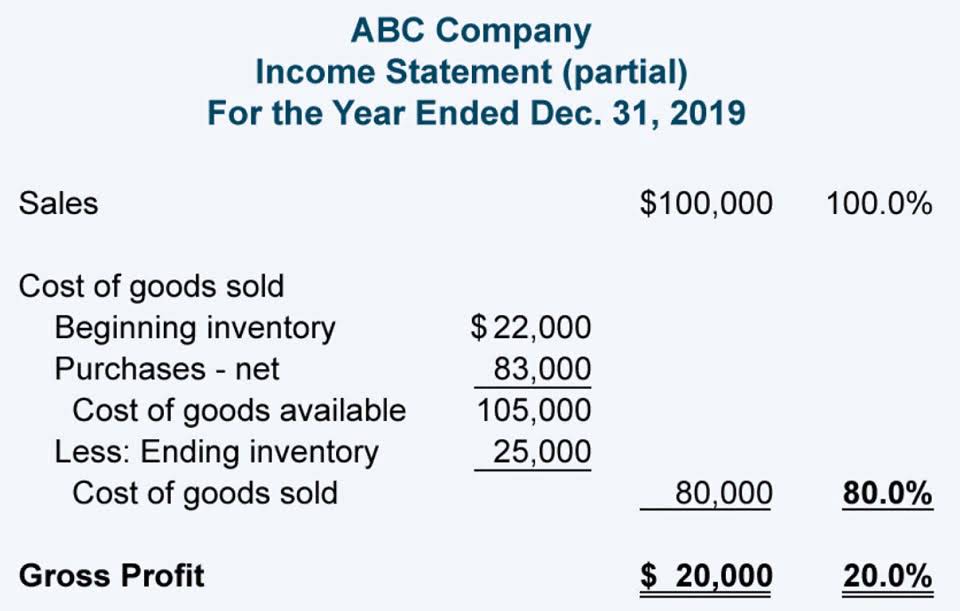Accounting for Wineries Wine Industry Consulting CPA firm

Getting bogged down or lost trying to handle it all in-house is a recipe for subpar growth, or worse. When managing a winery, one of the most crucial decisions you’ll make is how to handle your accounting. It’s not just about keeping the IRS at bay; it’s about gaining insights into your business to make strategic decisions that enhance your profitability and growth.

Protea Financial’s Wine Accounting Services
- You will need to decide how much to spend on production overall, including how much to spend on grapes, glass, label, closures, and more.
- Although all wineries produce wine, not all wineries raise the grapes used to produce that wine.
- Given the time between a vine being planted and producing a full crop of fruit, some consider that the first harvest might be an appropriate point to measure ‘maturity’.
- This index is based on a comparison of the base year cost of the inventory and the current year cost, which is then converted into a percentage and used to value the ending inventory.
- Harvested grapes are weighed at a certified weigh station so that a record is available about tonnage, grape varietal, and vineyard origin.
- Therefore, specific identification, while it can be complex, is often the most accurate method for managing and valuing the inventory of your winery.
The simplest way to account for these donations is not to do anything at all. The donated bottled are just not in stock at the next physical inventory count, so they’re charged to the cost of goods sold at the end of the month. Join 500+ wine business owners in the know, getting the latest accounting news in the wine business. Join 500+ business owners in the know, getting the latest accounting news in the wine business.

How to Implement Vineyard Management Software
Winemaking costs vary considerably because of the variations in varietal production processes and aging bookkeeping requirements. Determining the applicable costs to include in inventory can be challenging, but tracking such costs is crucial for both proper winery management and proper tax reporting. First, wines could be kept in storage for more than one year, so you have to allocate costs not just to several types of wine, but also to several vintages of each varietal. And on top of that, the winemaster might decide to engage in blending activities somewhere in the production process, which mixes wines together, and, of course, complicates the cost accounting.

The 5 Most Important Financial Ratios for Wineries
While it may seem simpler to write-off these expenses as you incur them, it skews the true financial results of the business. Generally, profits and the assets of the business will be much lower than they really should be. Lenders are far less likely to provide funding to unprofitable businesses that also report a low asset base.

Regardless of which method you use to allocate your costs to your finished product, it is important to use it consistently. When deciding which cost allocation method to use, keep in mind that no method will provide wine accounting a perfect allocation. Consequently, it is best to use the simplest method available that provides an appropriate level of precision. Owner, founder, and executive compensation is a difficult expense to classify because these individuals often work in many areas around the winery. Estimating the amount of their time spent with each department and applying the appropriate percentage of expense accordingly is a common approach.
- Vineyard management software is a digital tool that simplifies vineyard operations by providing real-time data, automating tasks, and improving decision-making.
- For most wineries, a good inventory turnover ratio is one when measuring for an entire year.
- We provide the practical advice your winery needs to navigate financial challenges as a result of poor weather conditions, seasonal fluctuations, and changes in the marketplace.
- From the first tender shoots in the vineyard to the satisfying pop of a cork, your winery embodies passion and hard work.
- Such records provide important ongoing accounting and internal control data about the grapes throughout the production process.

You may also Bookstime want to track additional metrics to help support business decisions and success. That includes rent, depreciation, business or property insurance, maintenance, cleaning supplies, and property taxes. Every employee’s wages, benefits, and payroll taxes must be accounted for and apportioned.
